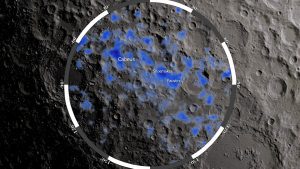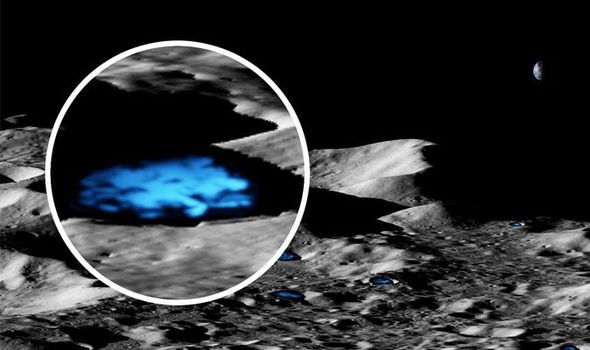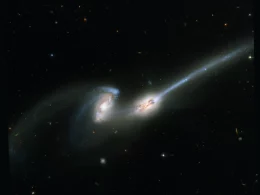NASA’s Pioneering Lunar Exploration
In the vastness of our solar system, the Moon has always held a mystical allure. Humanity’s fascination with Earth’s natural satellite has spurred numerous explorations, culminating in the historic Apollo missions that saw humans set foot on Lunar Ice. Decades later, the moon remains a prime target for scientific investigation, especially regarding the potential for sustainable human presence and interstellar travel.
NASA, the United States’ space exploration agency, has long been at the forefront of lunar research and discovery. One of the most exciting and pivotal endeavors in recent years has been the pursuit of water on the Moon. Previously thought to be a desolate and arid celestial body, the Moon has now revealed the possibility of harboring water ice in its eternal shadows and deep craters.
Lunar Water: The New Frontier
Water, often hailed as the elixir of life, is an invaluable resource not only for Earth but also for future space exploration. It acts as a fundamental building block for life, a sustenance provider for potential lunar habitats, and most significantly, a propellant for rockets. Hence, identifying and understanding the presence of water on the Moon is paramount to fuel our aspirations of spacefaring.
Traditionally, the Moon was seen as a dry and inhospitable world. However, scientific advancements and innovative lunar missions have challenged this perception. Today, we stand on the brink of a paradigm shift, acknowledging the presence of water ice on the Moon, particularly at its poles. These findings open doors to possibilities that could revolutionize the way we approach space travel.

Lunar Ice Reserves: A Treasure Trove
The Moon’s water ice reserves, hidden within its permanently shadowed regions, are akin to a treasure trove waiting to be unlocked. The craters at the Moon’s poles, which are in a state of perpetual darkness, have been identified as the potential reservoirs of these valuable resources. These frozen caches of water hold immense promise, not just for lunar missions but for future deep space explorations.
The water ice on the Moon is believed to be a remnant of cometary impacts. Over billions of years, comets carrying water molecules have collided with the Moon’s surface, depositing water in the form of ice. This has culminated in significant concentrations of water ice in certain lunar craters, specifically in the southern pole region. As our understanding of the Moon’s composition grows, so does our excitement at the prospects that lunar water presents.
The Significance of Lunar Water
The discovery and potential utilization of lunar water are momentous for a multitude of reasons. Principally, lunar water is envisioned to be a fueling station for future space exploration missions. Water can be separated into hydrogen and oxygen through a process called electrolysis. Hydrogen and oxygen, when combined in a controlled manner, create a potent rocket propellant known as cryogenic fuel.
This in-situ resource utilization (ISRU) can drastically reduce the amount of fuel that needs to be transported from Earth for deep space missions. Less reliance on Earth for fuel supply means more efficient, cost-effective, and sustainable space travel. Consequently, the Moon transforms from being a celestial body to traverse on the way to other planets into a crucial stop where rockets can refuel before venturing further into the cosmos.
Beyond its potential as a fuel source, lunar water also holds immense value for potential lunar habitats. Water is essential for life support systems, agriculture, and generating oxygen for breathing. By having access to water on the Moon, future lunar bases could be self-sustaining to a considerable extent.
In conclusion
NASA’s concerted efforts to detect and analyze water on the Moon mark a significant milestone in humanity’s quest for understanding and exploring the cosmos. The implications of lunar water extend beyond the boundaries of our natural satellite, promising to reshape the landscape of space travel and the potential for human colonization beyond Earth. As we continue to unveil the mysteries of the Moon, we may find that the answers to humanity’s spacefaring dreams lie in the very ice that glimmers in the lunar shadows.












